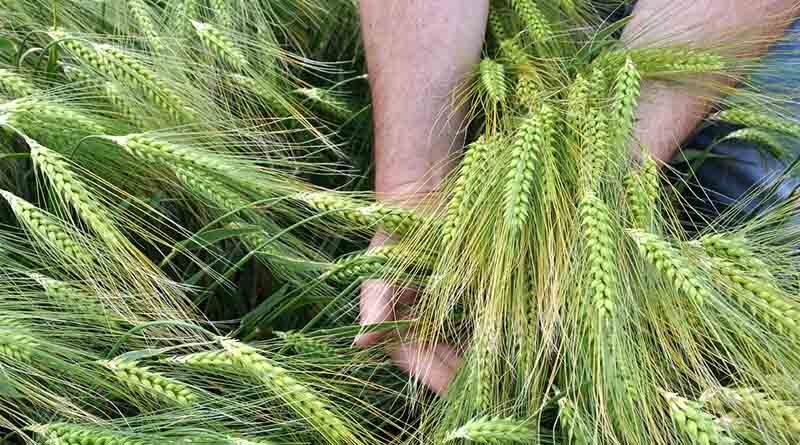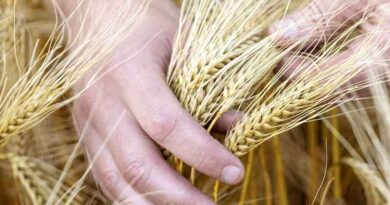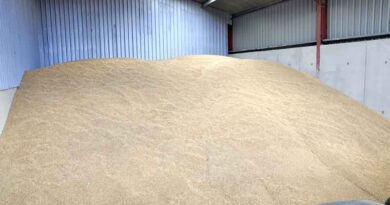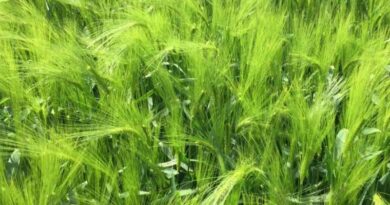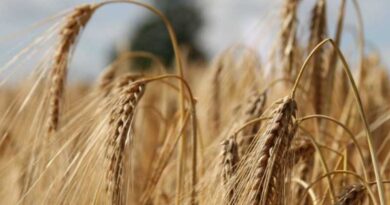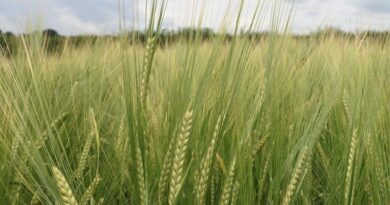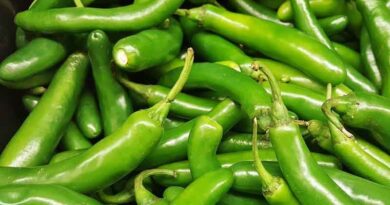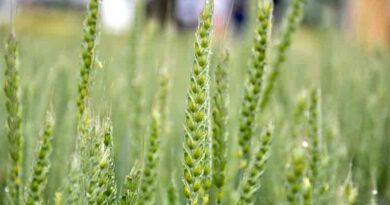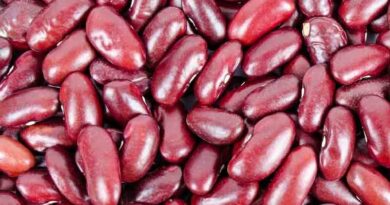Hybrid barley offers AD feedstock flexibility
10 September 2022, UK: One of Britain’s pioneering farm AD plants is finding hybrid barley a useful dual-purpose option for either wholecrop or grain.
The farm business of Geo E Gittus and Sons, Symonds Farm near Bury St Edmunds, was one of the first in the country to install an anaerobic digestion (AD) plant, says farm manager, Steven Brummitt.
Ten years on, the 1.4 megawatt AD plant forms an integral part of farm operations, supplying green electricity not only to the farm but also to other local businesses, and with the digestate providing a valuable source of crop nutrition.
Steven says: “When the plant was first installed the wheat price was very poor. We also have outdoor pigs, and that was starting to become a difficult and unpredictable market, so AD was a way of diversifying.
“As well as supplying the farm, power from the plant supplies a business park owned by the farm, plus the Claas headquarters at Saxham. Anything extra goes to the national grid.”
Farming a total of 1,700 ha, a mixture of owned and contract-farmed land on mainly Hanslope clay soils with some medium loams, cropping comprises winter wheat, hybrid winter barley, spring barley, winter beans, forage maize and sugar beet.
Based on its potential to deliver high gas yields, forage maize provides the bulk of the feedstock for the AD plant, used at a rate of 70-72 tonnes of maize silage with 3 tonnes of chicken manure. But after trying various other feedstocks, including sugar beet pulp, sugar beet and forage rye, hybrid barley has become a useful buffer feedstock when needed, as an alternative to rye.
As well as providing a robust and competitive crop against the farm’s resistant black-grass population, Steven says hybrid barley provides flexibility to harvest for wholecrop, to top up the AD plant if maize stocks are low, or, as this year, to harvest it for grain if cereal prices are buoyant and maize stocks are high.
Up to 1,500 tonnes of hybrid barley wholecrop could be used in the AD plant with the farm’s 24,000 tonnes of maize silage per annum. Typically, hybrid barley yields 9 t/ha of grain when harvested mature on the farm or 30 t/ha fresh weight when harvested as wholecrop. A similar fresh weight yield is achieved with wholecrop rye, and 48 t/ha from the forage maize. Hybrid barley and rye for wholecrop are harvested at around 32-34% dry matter (DM).
Steven says: “The AD plant is fussy. It likes a set diet, just like a cow does. If you change the ration too much, the bugs in it get upset.
“We grow early-maturing maize varieties, aiming for a mid-September harvest ideally at 33-34% DM. If we have bad weather we could have issues achieving that, but in a normal year we generally harvest in good time.
“Sugar beet pulp also works in the plant, but the price has gone up. With sugar beet you have to wash and chop it before you put it in the plant and you can get stones in it, plus it has high growing costs.
“We can use forage rye but one year we had so much rye we had to combine some and put the grain in the AD plant because the market for grain was not there.
“We started growing hybrid barley six or seven years ago. Originally starting with Bazooka on small areas, we gradually grew more to replace the conventional winter barley, before going to all hybrid barley about three years ago. We now grow SY Thunderbolt and SY Kingsbarn. If we are short of maize feedstock we can forage it. If we have enough maize and the grain price is high we can combine it. It has taken the place of the rye.”
With maize silage stocks high this year following a good 2021 harvest, and barley grain prices well into the £200s, Steven says all 180 ha of this year’s hybrid barley were earmarked for grain harvest some time ago. But as well as end use flexibility, he says hybrid barley also has agronomic appeal.
“In spring it gets away quicker than the conventional, which helps it suppress the black-grass. I also like the fact that we can drill it a bit later to give us time to prepare better stale seedbeds.
“We were drilling conventional barley around 20 September. With hybrid barley, although the first week of October is my preference, we have drilled it into the third week of October. It also seems to withstand the wetter winters better.”
Barley’s early grain harvest also provides an early entry for winter oilseed rape, says Steven, which is sometimes grown on the farm. “If the barley is being followed by winter oilseed rape we generally bale the straw. Otherwise we chop it to put the P and K back. All our P and K for cereals comes from manures, and maize removes a lot of P and K, so we want to put it back in the soil.”
Management-wise, Steven has found growing hybrid barley to be generally no different to conventional winter barley. Three splits of nitrogen are applied. He has found the first one applied in early February is key.
All crops on the farm also receive nutrients from the digestate, with solid digestate spread pre-cultivation in autumn and liquid applied in the spring. Combined together, these applications supply 15-20 kg N/ha, Steven reckons, allowing bagged N on the hybrid barley to be reduced down to about 180 kg/ha, the same total N also being previously applied to the hybrid rye.
“We are always looking at new crop options for the AD plant but currently we are happy. Hybrid barley fills a gap if we need it,” he says.
Also Read: FMC India introduces three new products for pest management and soil fertility
(For Latest Agriculture News & Updates, follow Krishak Jagat on Google News)

